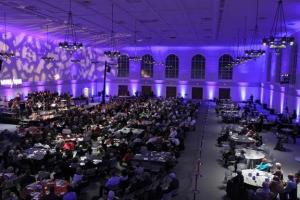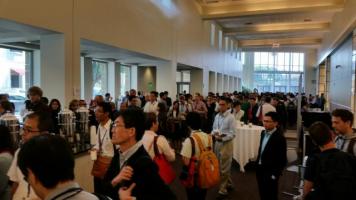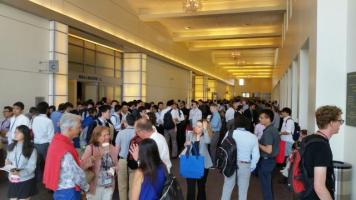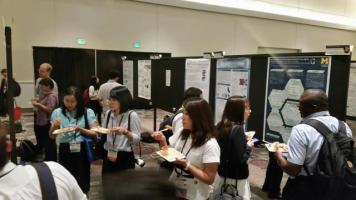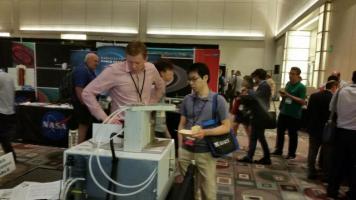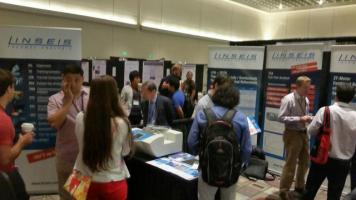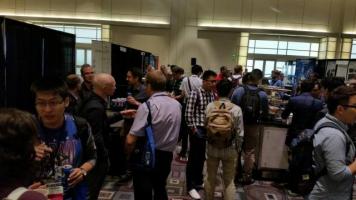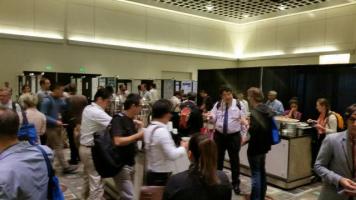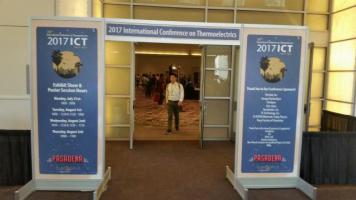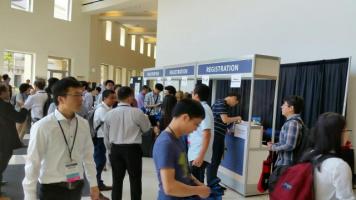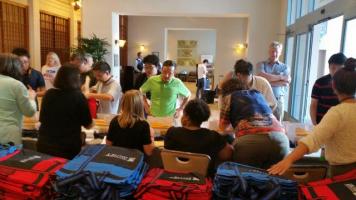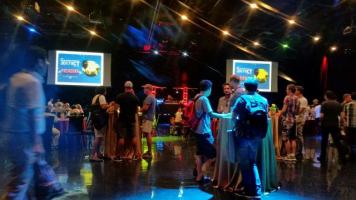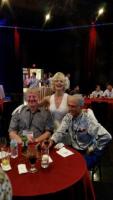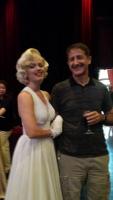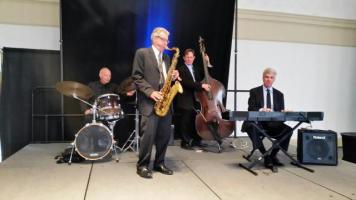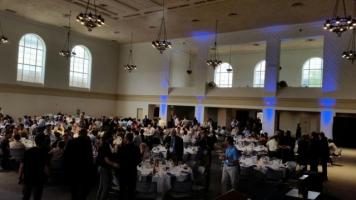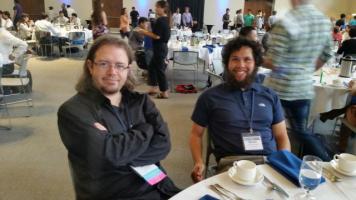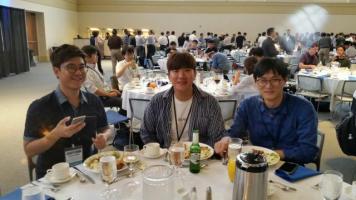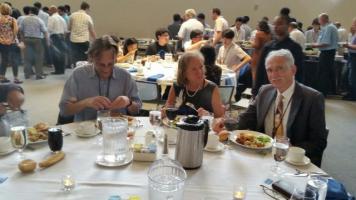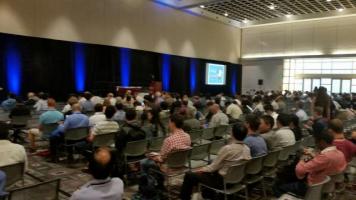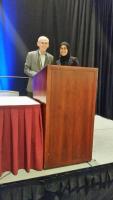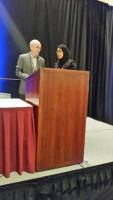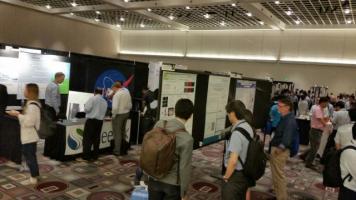| Title | Thermoelectric properties of solid solutions of Bi2(Te1-xSex)3 with x=0.05 and x=0.1 grown by T.H.M. |
| Publication Type | Proceedings Article |
| Year of Conference | 1991 |
| Authors | Carle M, Perrin D, Caillat T, Scherrer S, Scherrer H |
| Conference Name | Proceedings of The Tenth International Conference on Thermoelectrics, ICT91 |
| Series Title | Proceedings of the 1991 10th International Conference on Thermoelectrics, ICT'91 |
| Pagination | 27-30 |
| Publisher | Babrow Press |
| Conference Location | Cardiff, Wales |
| Editor | Rowe DM |
| ISBN Number | 0-95129286-0-0 |
| Keywords | Bismuth Telluride |
| Abstract | Many authors in the last thirty years have reported results obtained on alloys based on Bi, Te, Sb and Se. From these studies it appears that the Bi2Te3-Bi2Se3 solid solutions are the best n-type materials fro refrigeration at room temperature. Interesting results were obtained but never in a reproducible way. This is due both to the use of halogen dopants and to the growth technique. Indeed, most of the samples were grown by a Bridgman or a Czochralsky method which which do not allow the obtaining of homogeneous ingots. in our previous papers on thermoelectric properties of p-type materials (1) we have shown that Travelling Heater Metho (T.H.M>) is an appropriate technique to get homogeneous ingots with high figure of merit (Z=3.1x10-3 K-1) in a reproducible way. But if we want to apply this technique we must first know the thermodynamical equilibriums of a given solid with a liquid in the Bi-Te-Se terary system. Thus we will present the results obtained for the interesting part of this diagram; from this moment we will be able to grow well defined and homogeneous ingos of Bi2(Te1-xSex)3 with x=0.05 and x=0.1. Then we characterize the samples as a function of stoichiometric deviations. The results will be compared with those performed on Bi2Te3 (2). |
| Full Text |
Static Archive
This is a static, unmaintained archive of the ITS website made December 2020 simply for historical interest.
Please go to the current website at http://its.org for up to date information.
Content and links here may be broken and will never get fixed.
